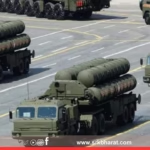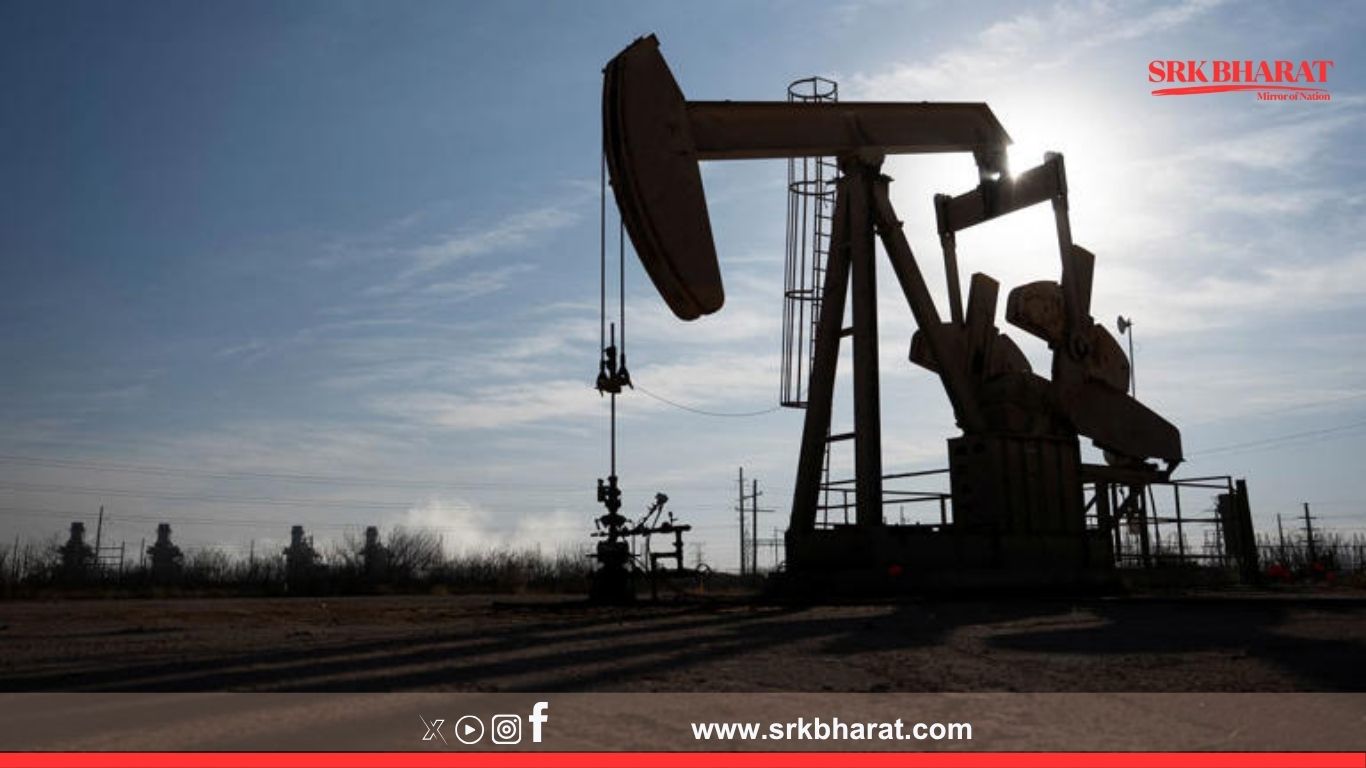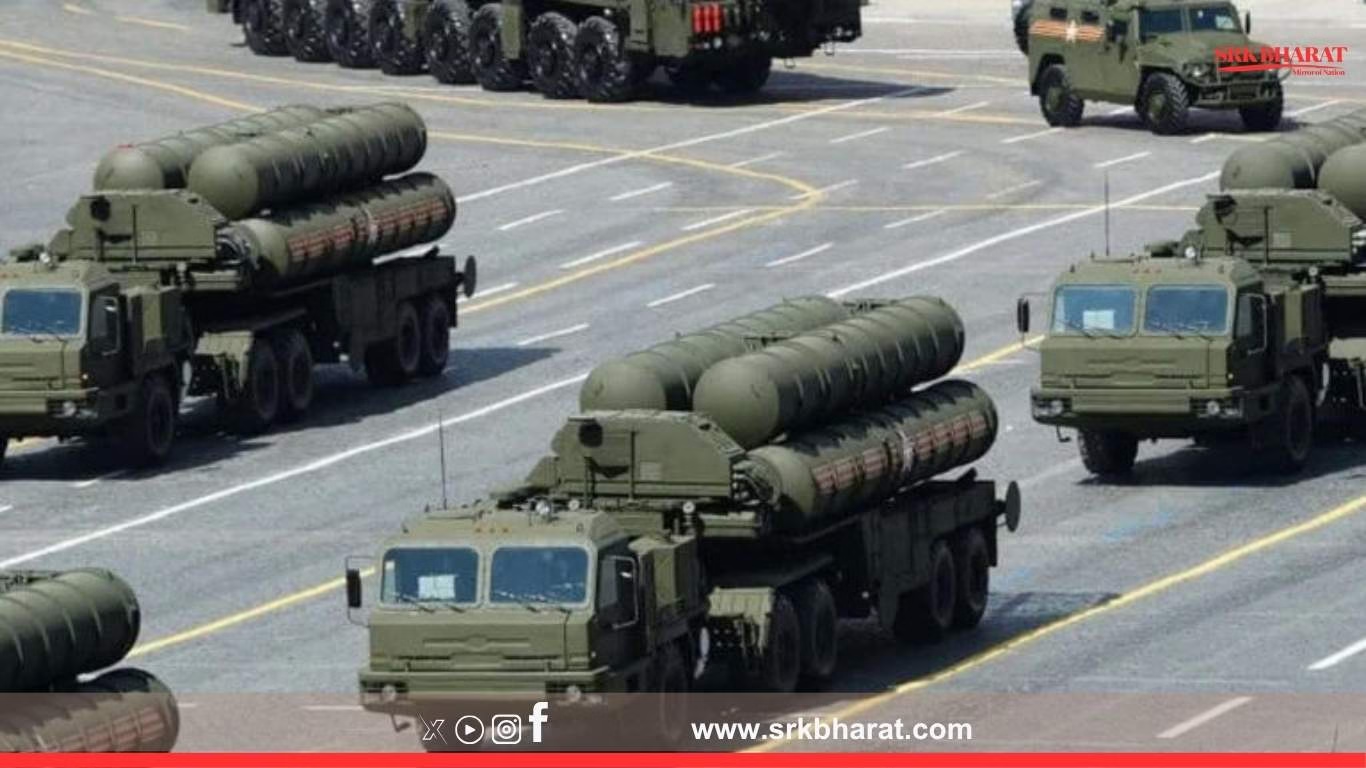Global oil markets are on edge after the United States launched direct airstrikes on Iran’s nuclear facilities, triggering fears of retaliatory action that could disrupt energy flows across the Gulf region. The strikes—part of Operation Midnight Hammer—have pushed Brent crude to a five-month high of $81.40 per barrel, while West Texas Intermediate (WTI) climbed to $75.47, reflecting a sharp rise in the geopolitical risk premium.
🚨 Strait of Hormuz in Focus
Analysts warn that Iran may retaliate by targeting oil infrastructure or attempting to block the Strait of Hormuz, a critical chokepoint through which nearly one-third of the world’s seaborne oil trade flows daily. Iranian lawmakers have already called for its closure, though such a move would require approval from Supreme Leader Ayatollah Ali Khamenei.
“Any threat to shipping in the Strait of Hormuz would immediately cause prices to soar,” said Jorge León of Rystad Energy.
🛢️ Supply Shock Scenarios
While no physical disruption to oil flows has been reported yet, the possibility of targeted attacks on oilfields, tankers, or export terminals in Saudi Arabia, Iraq, or the UAE has rattled markets. Iran could also leverage proxy groups like the Houthis to harass vessels in the Red Sea, further complicating global supply chains.
📉 Economic Fallout and Inflation Fears
The oil price spike comes at a time when many economies are battling inflation. Analysts at MUFG warn that a sustained escalation could add $10 or more per barrel, impacting Asian economies that are heavily reliant on energy imports.
“This could set us on a path towards $100 oil if Iran responds as previously threatened,” said Saul Kavonic of MST Marquee.
🧭 What’s Next?
The global energy community is closely watching Tehran’s next move. If Iran refrains from immediate retaliation, prices may stabilize. However, any escalation—especially involving the Strait of Hormuz—could trigger a full-blown energy crisis.
Stay tuned for real-time updates on global energy markets.











